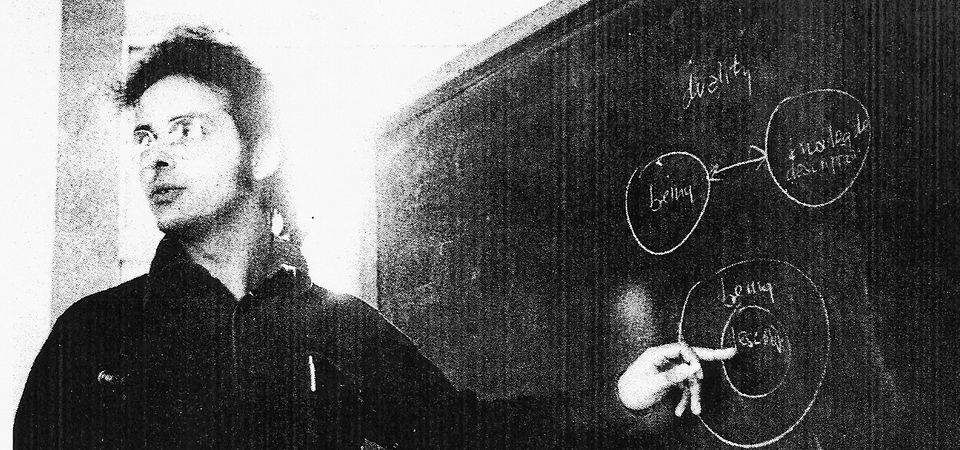Francisco Varela in the Systems Counterculture

The arrival within international circles of a precocious Chilean neuroscientist, Francisco Varela, was uniquely documented by a primary outlet of the American intellectual counterculture, the periodical that Stewart Brand spun off in 1974 from the Whole Earth Catalog (WEC) operation, CoEvolution Quarterly. How exactly did this happen?

As CoEvolution Quarterly was beginning its decade of operations, pioneering cyberneticist Heinz von Foerster was embarked on the final activities of his Biological Computer Laboratory (BCL) at the University of Illinois. This seminal research space would close with his retirement in 1975.
Von Foerster and Brand had bonded in 1970 when Heinz bailed him out with a magisterial review of George Spencer-Brown’s Laws of Form, the specific rigors of which had stumped Brand and his usual crew. After that, von Foerster appears to have had ready access to the chief editor of the Whole Earth network. In the early 70’s, when his lab’s longstanding military contracts began to dry up after the restrictions enacted by the Mansfield Act, von Foerster submitted a student-driven seminar project to Brand’s Point Foundation and received $10,000 to cover the production costs for the famous Cybernetics of Cybernetics volume.

Around this same period, thanks to doors opened by his mentor Humberto Maturana, Varela was earning the Harvard University doctorate he would complete in three years at the age of 24. Maturana had connections there from his own post-graduate time at Harvard. For a decade by then, he had also been an active colleague of Heinz von Foerster. A frequent guest at the BCL, Maturana’s work on biological cognition joined physiology and neurology to the newer cybernetic theories regarding self-referential systems and operational closure. Between Maturana’s biological recursions and von Foerster’s cognitive formalisms, Varela co-inhabited the very nexus of the conceptual turn toward second-order cybernetics.

While he never worked or studied there, Varela visited von Foerster at the BCL with some frequency and may well have met with Maturana on such occasions. And although Varela crafts his own closely neighboring vocabularies, his early work comprehends and conveys the epistemological issues that had previously converted Maturana and von Foerster into neocyberneticists, second-order thinkers, issues that Varela eventually recasts in more general form as his research program evolves toward the later work in neurophenomenology.
Harvard degree in hand, Varela returned to Chile but shortly after went into exile when Allende fell and Pinochet took control. Von Foerster pulled what levers he had available to assist Maturana’s brilliant protégé, for one, getting a paper on autopoiesis published in English with Varela as lead author, an event that von Foerster both incubated at the BCL and brokered with the editors of BioSystems, where the article first appeared in 1974. A year later the BCL put out a typescript of the English version of Maturana and Varela’s Autopoiesis and Cognition: The Realization of the Living as a technical publication, a text identical to the book version released by the publisher D. Reidel in 1980. What this tells us is that Varela had co-written the definitive initial presentations of the autopoiesis concept long before it received wide distribution, by the time he was in his later twenties.
This slide show offers a brief review of what went down when Varela’s association with the systems counterculture commenced in earnest:


Member discussion